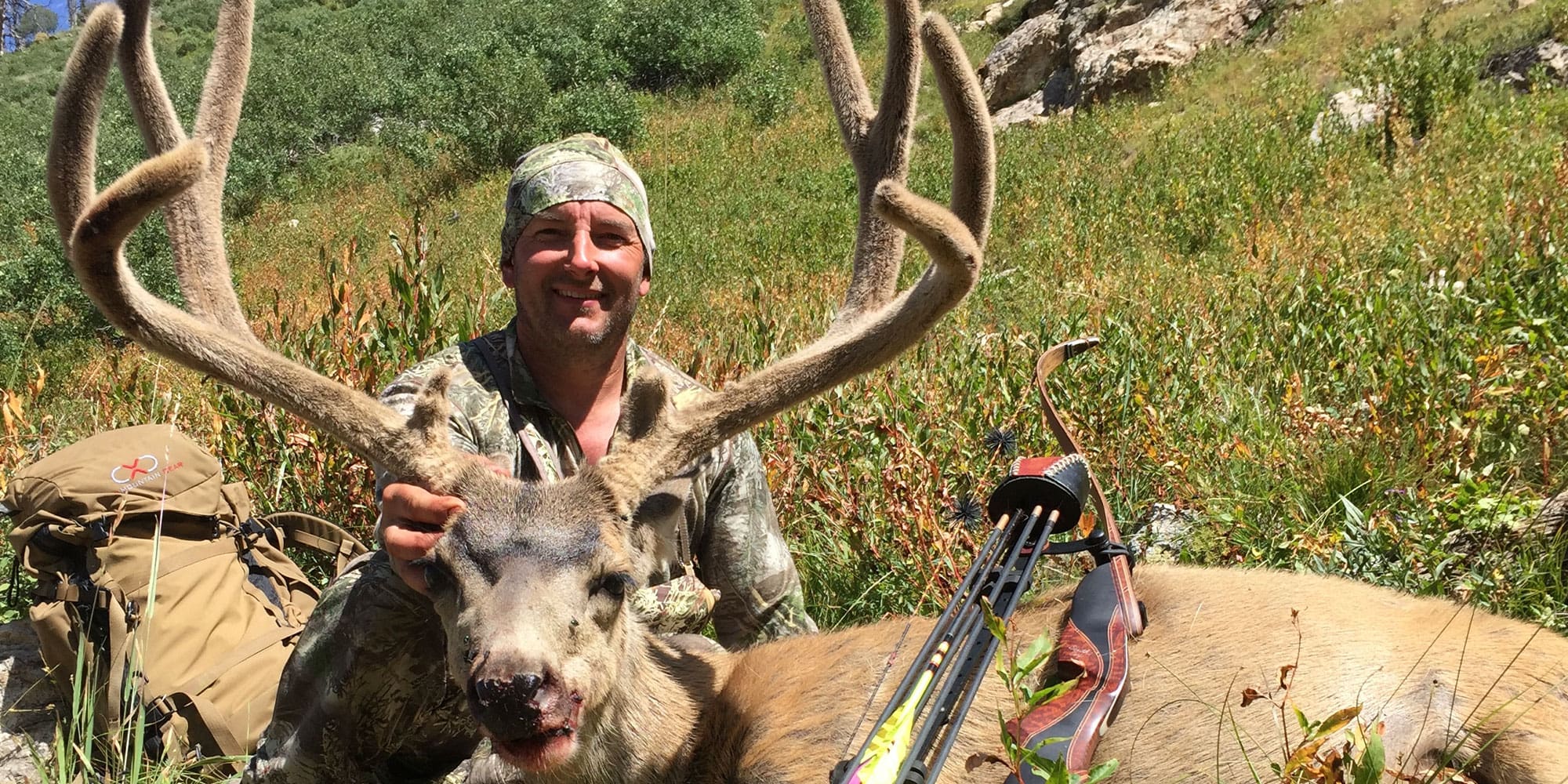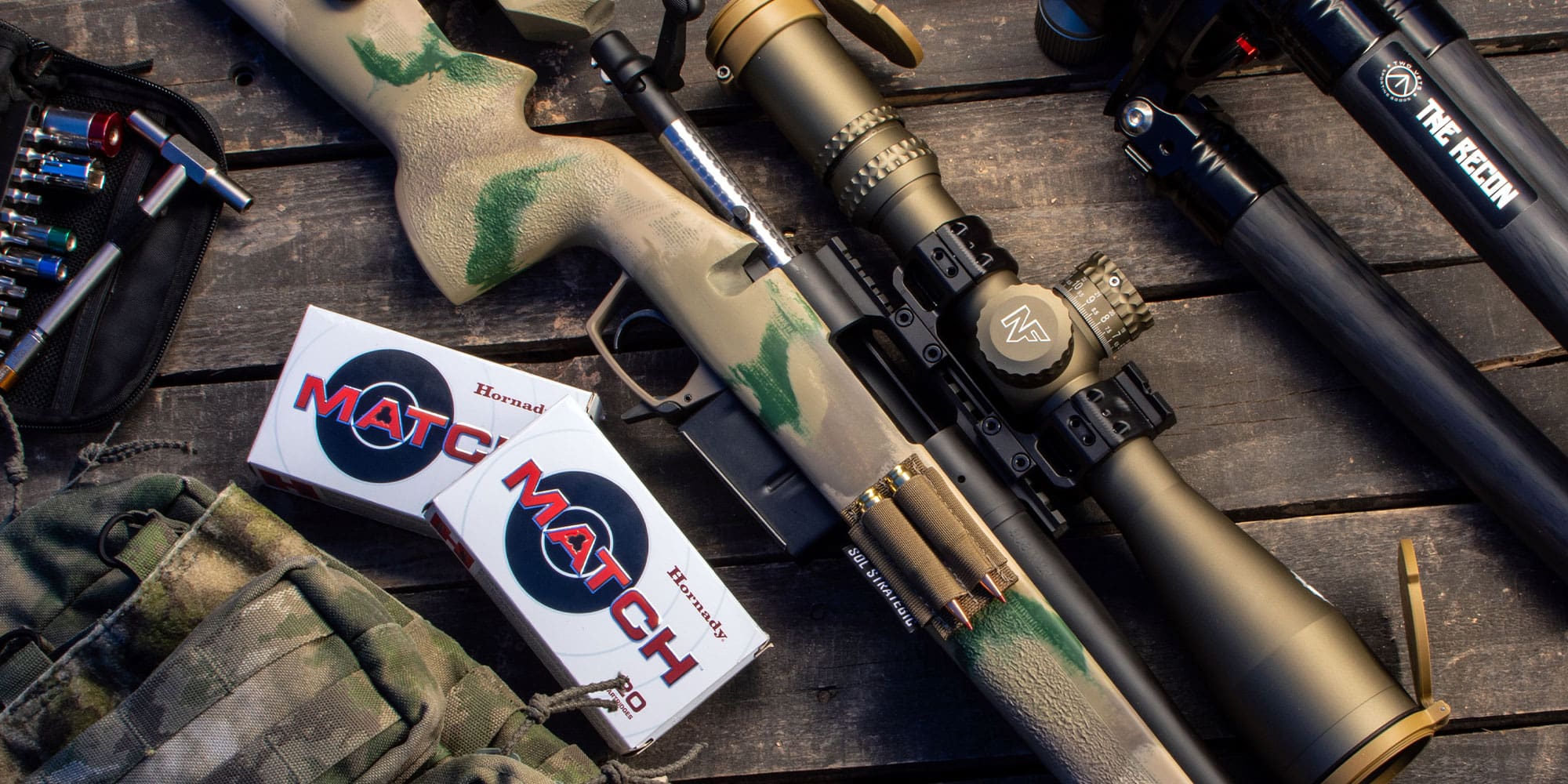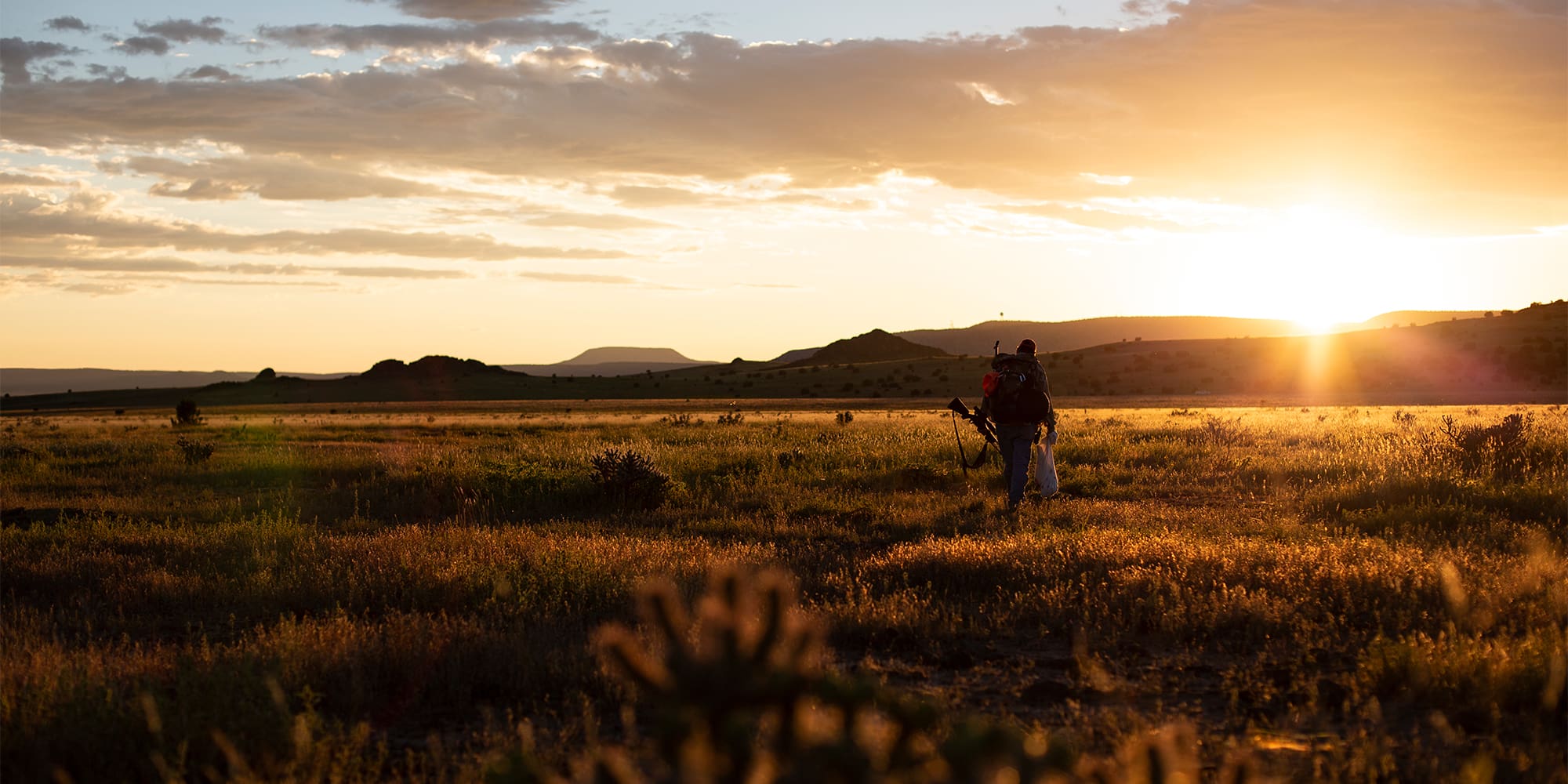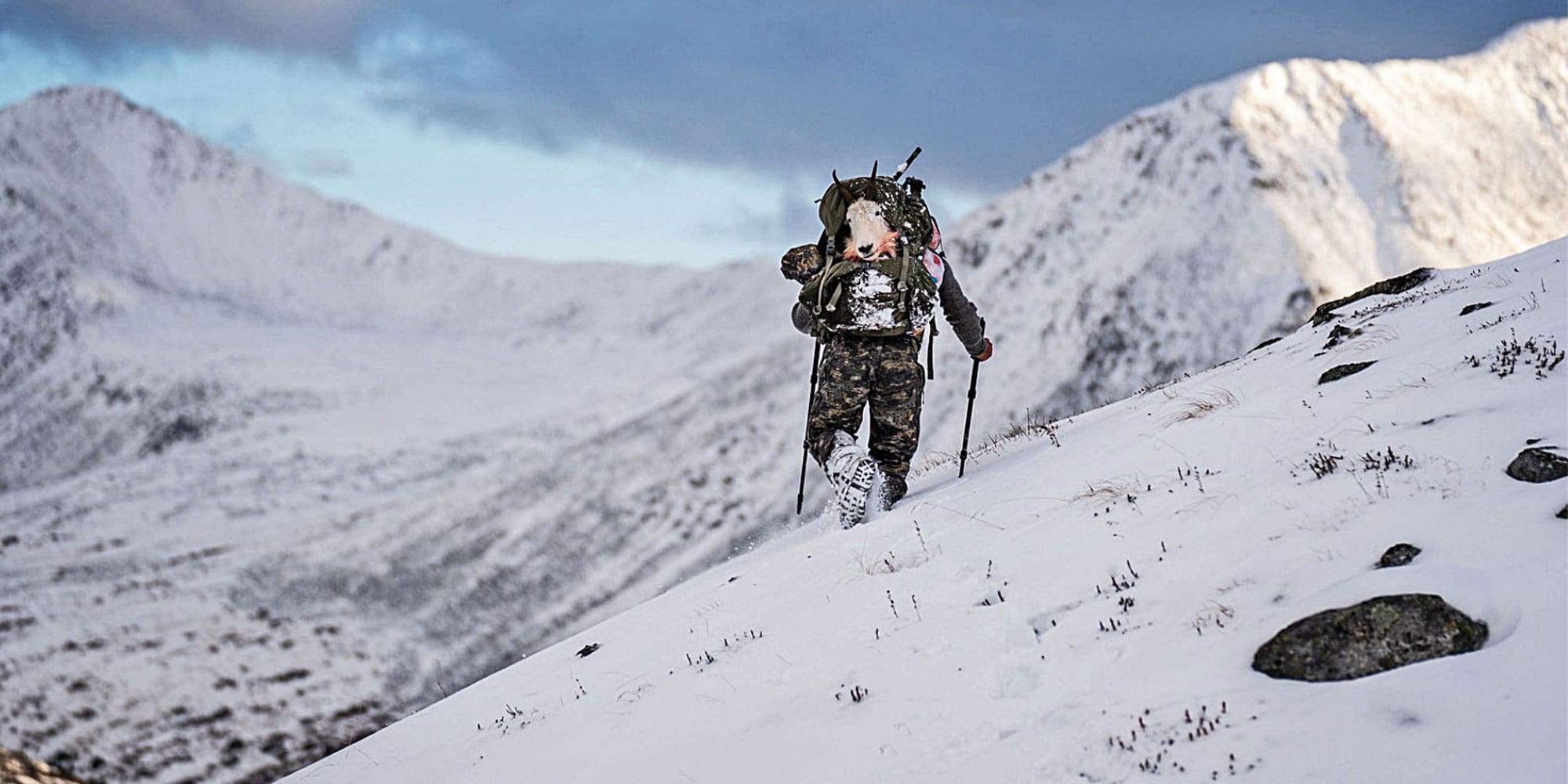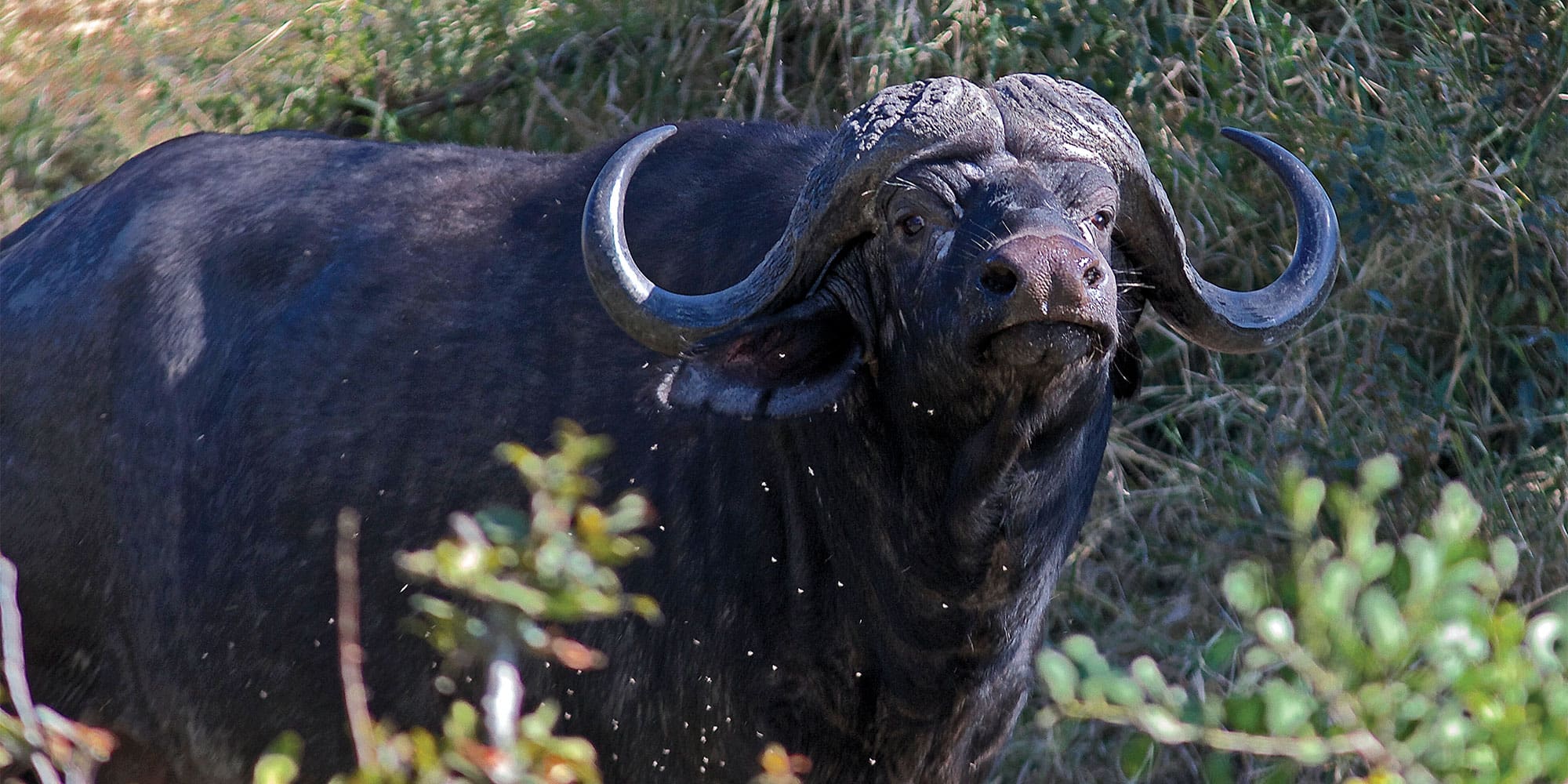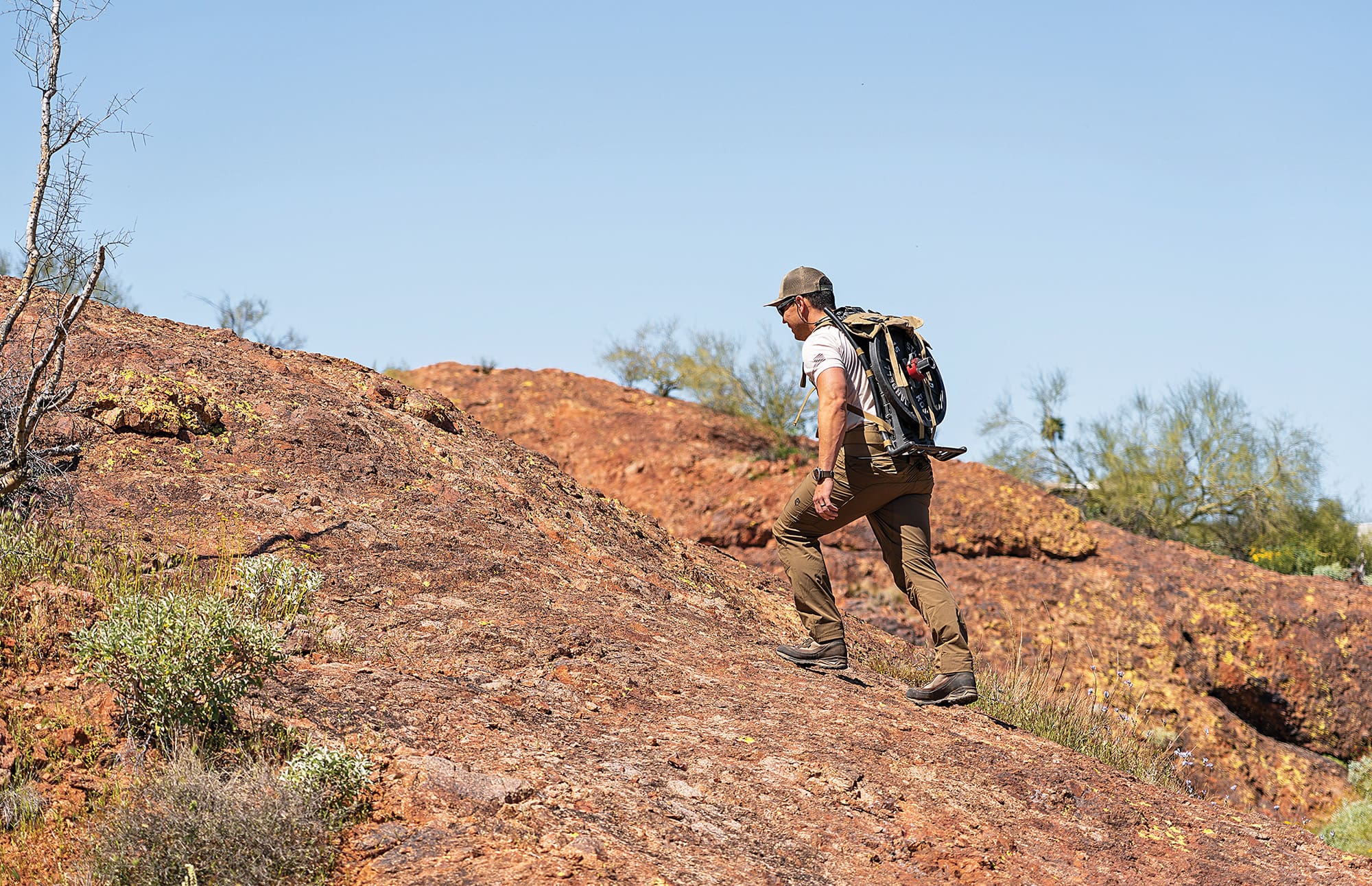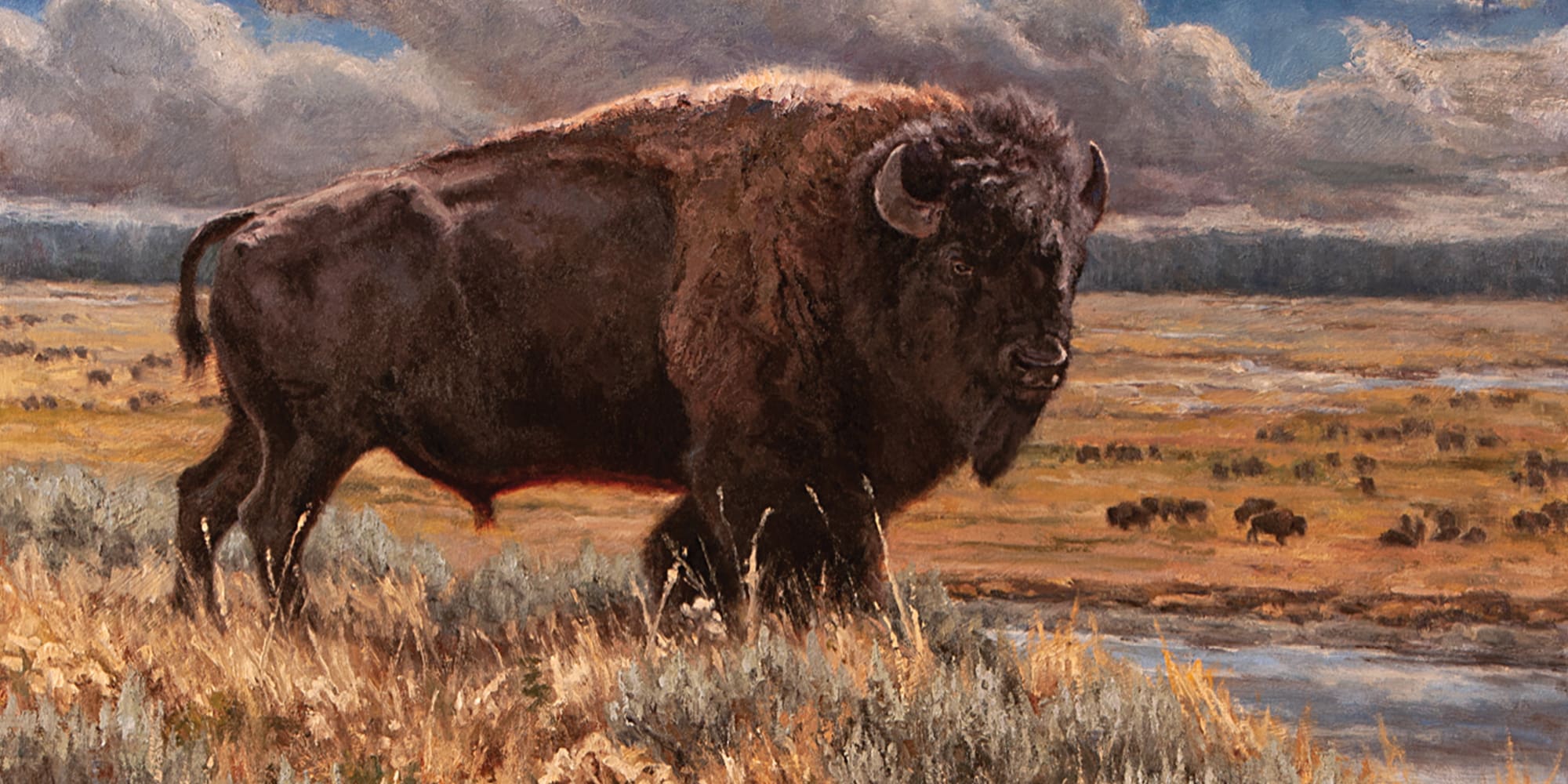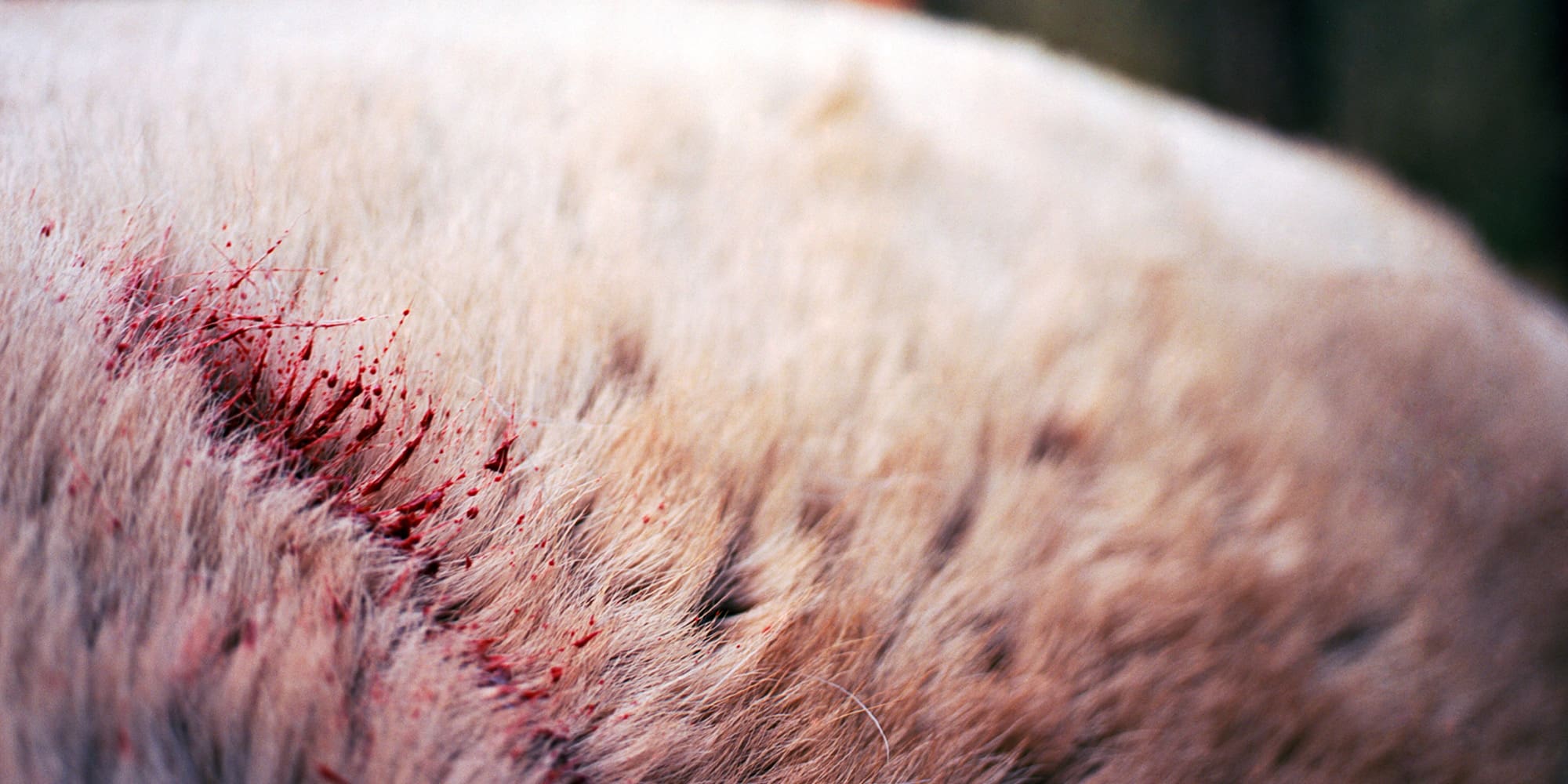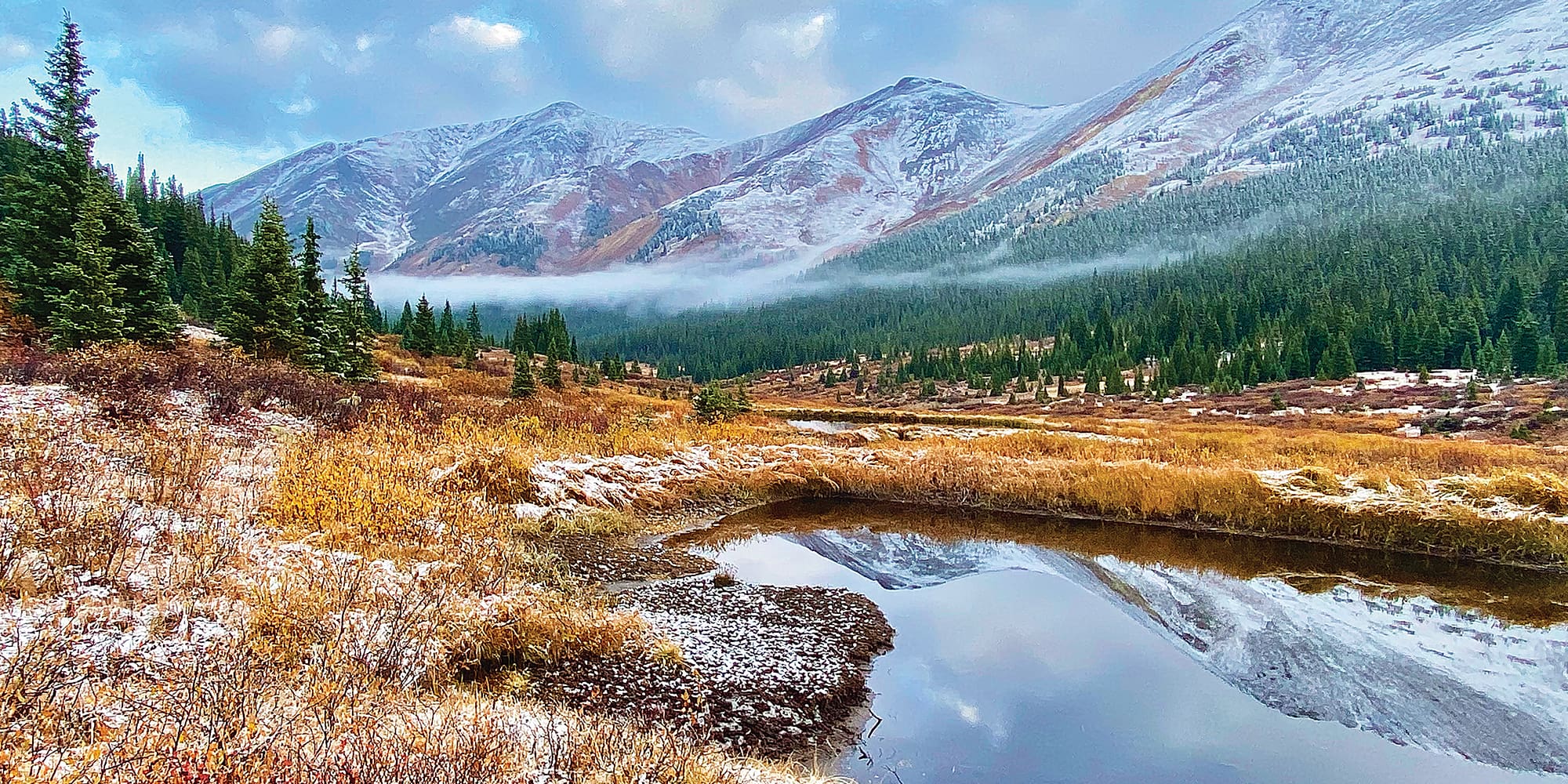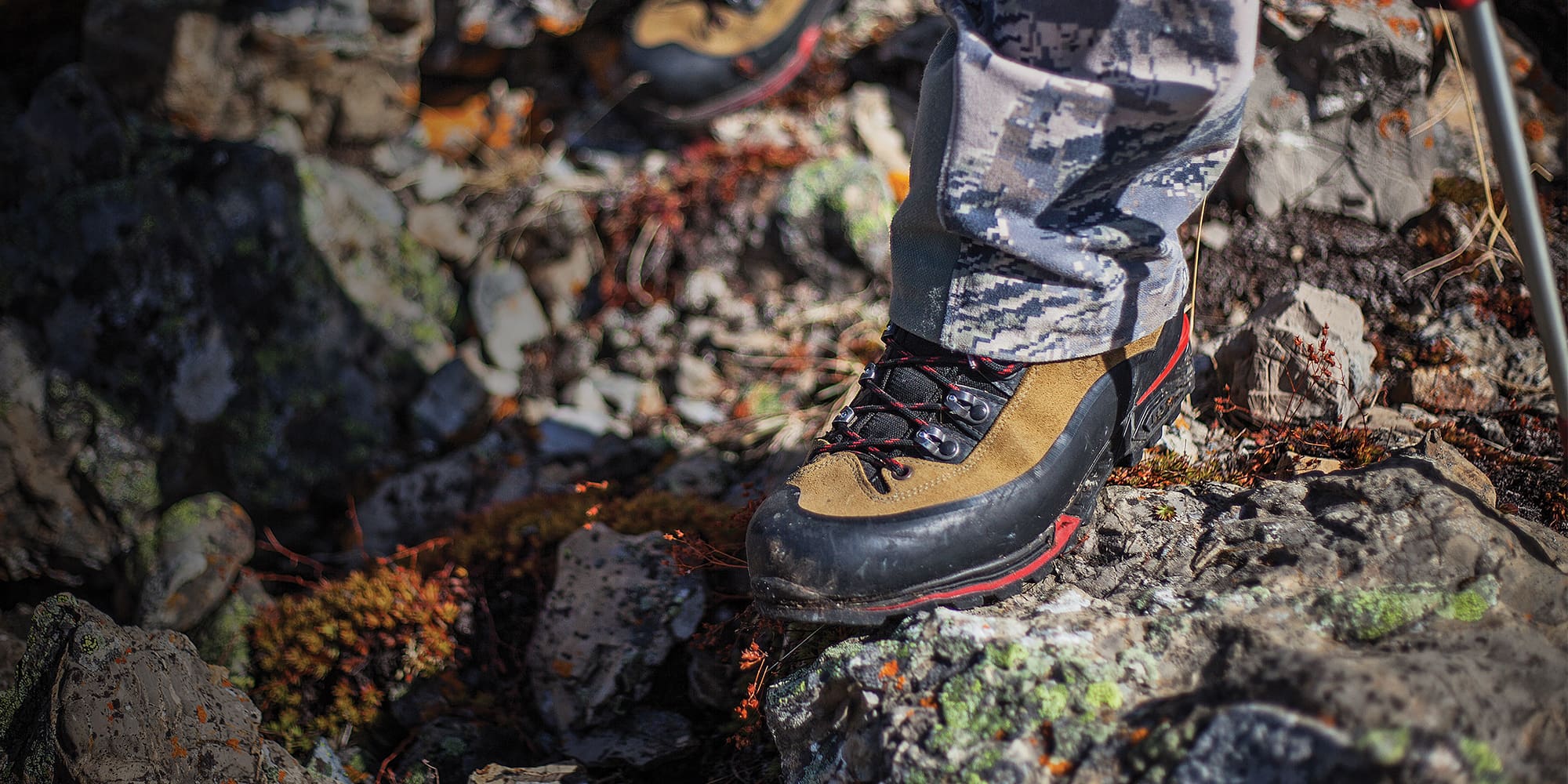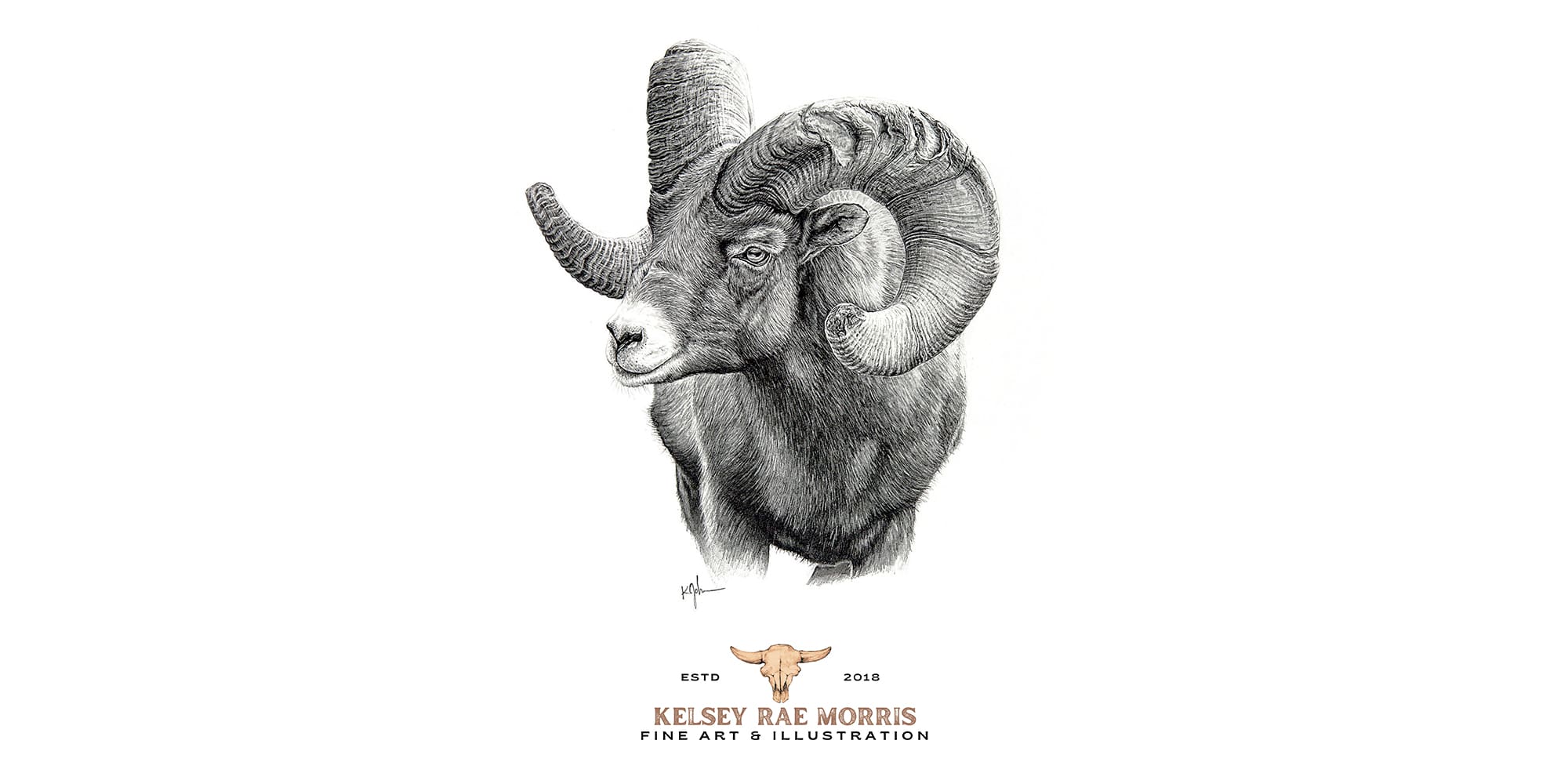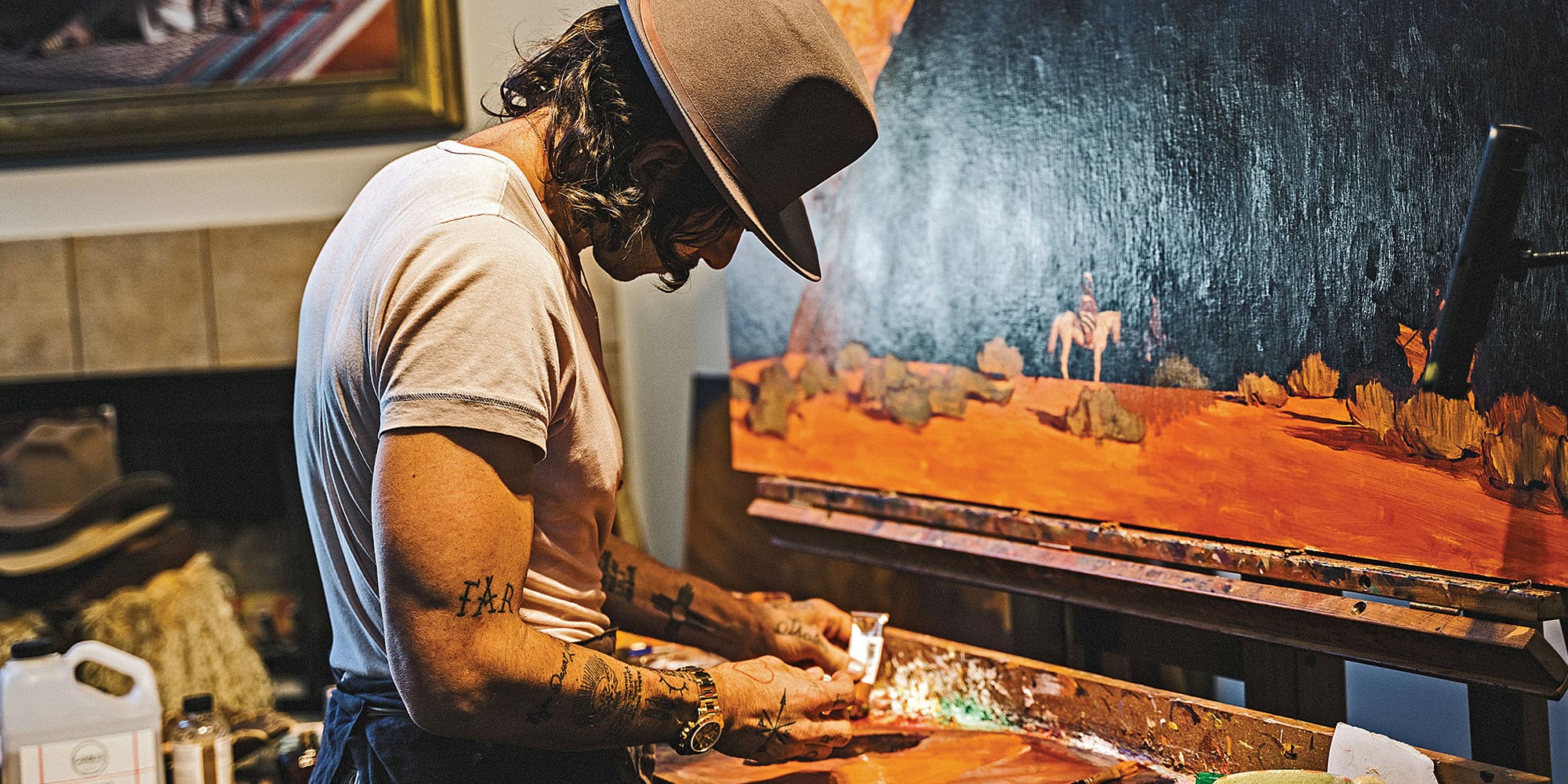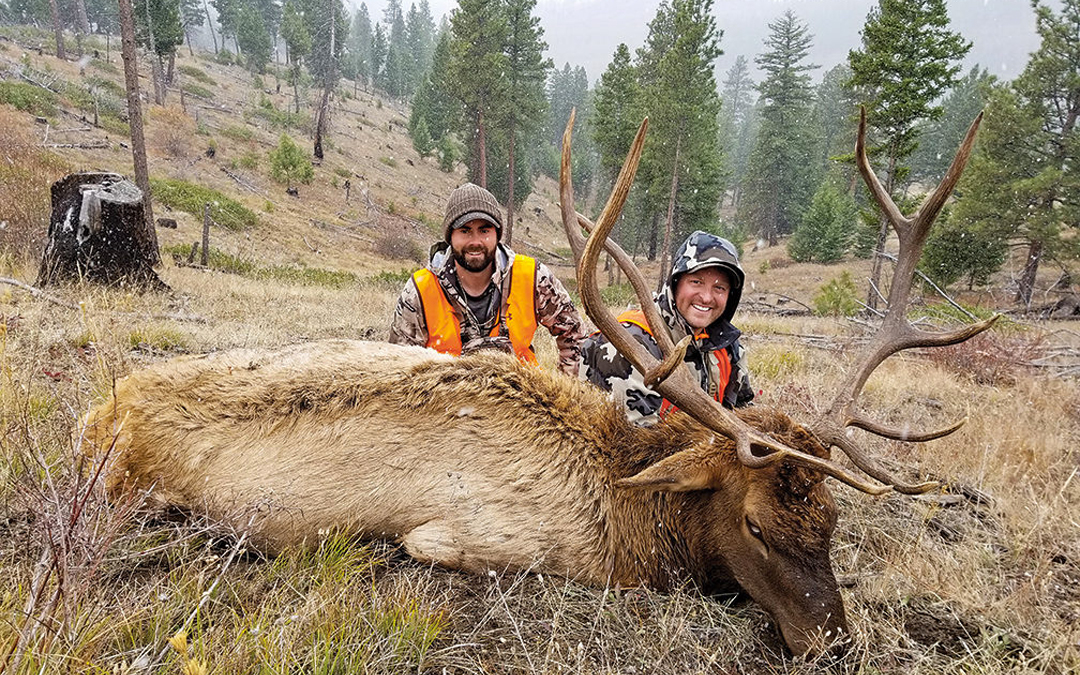
NOTICE: Certain links on this post may earn a commission for Western Hunter Magazine from Amazon or our other affiliate partners when you make a purchase. Thank you for your support.
Unlock the Secrets to Road Hunting
Logging roads and western hunting go hand in hand. In much of the mountain west, logging roads are the primary access to a lot of hunting areas. While there may be roads through many of the areas we hunt. Targeting non-motorized gated roads can lead to a lot of success by providing sanctuary to animals from vehicular traffic while giving hunters convenient access to some incredible road hunting.
I would say that a large percentage of my successful elk and mule deer hunts on public land has been behind a locked gate. I want to unlock the secrets to picking good roads to hunt as well as talk about ways to travel easier, how to still hunt off a logging road, and the best way to get your game out.
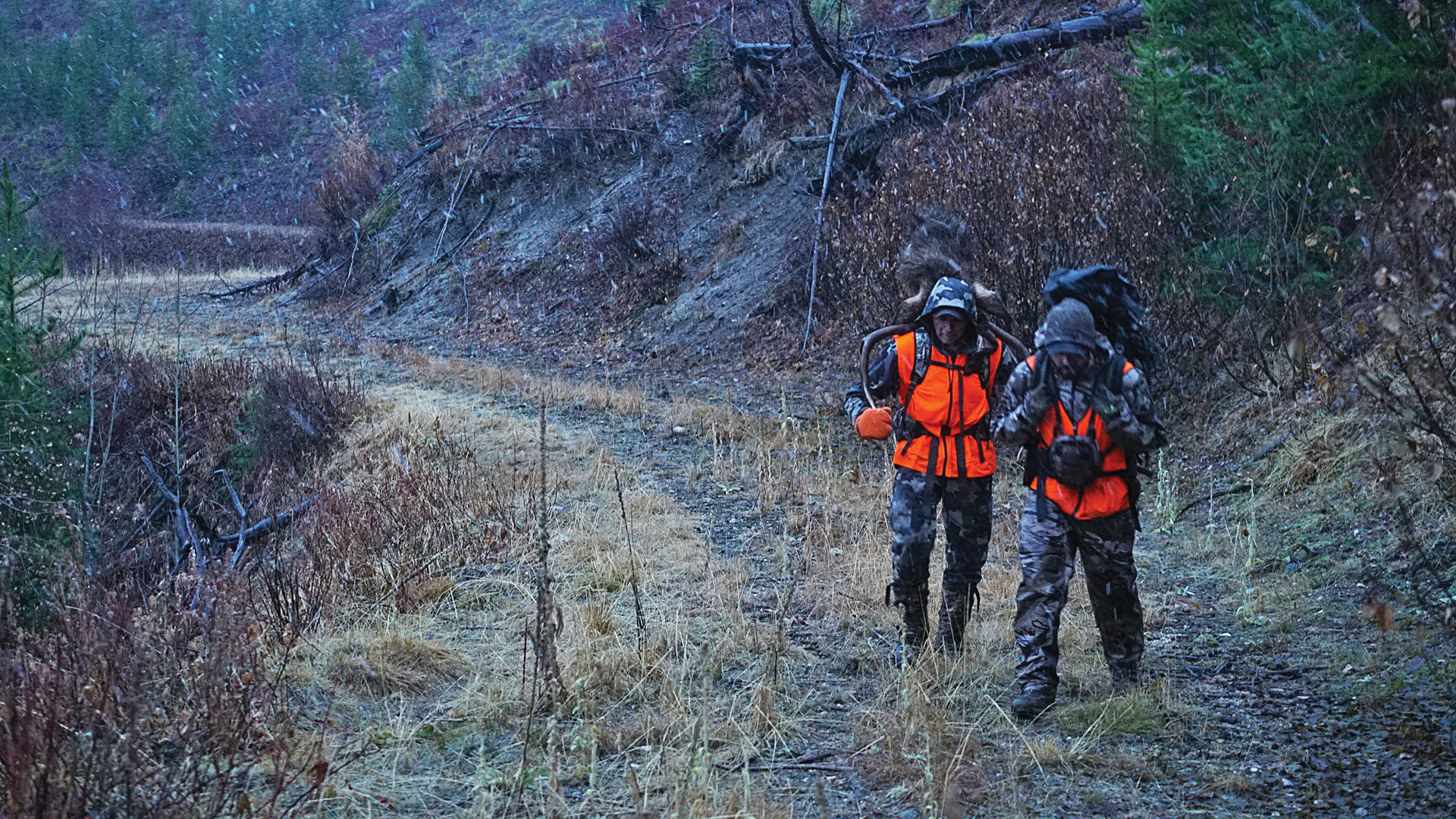
While the term "road hunting" may have some negative connotations, gated logging roads can be some of the most productive places to hunt.
Picking the Lock
With thousands of miles of road behind locked gates, how do you choose which ones to invest your time into? Not all gated roads are created equal. While some are long and go for miles. Others may be shorter yet more productive. The key is to understand the best features to look for when selecting a road to walk and hunt.
While roads provide easier walking for both man and animal, the purpose of choosing a gated road is to access country and get away from other hunters. Even just a mile down the track can get you away from the crowds, but I look for roads that involve another physical element… a hole.
The honey-hole factor:
I consider a hole anything where the only way out is up. Many of the most productive logging roads take you to a place like this. It weeds out a majority of hunters who are unwilling to take the plunge. I like to look for higher roads that skirt large canyons with no roads in the bottom. This type of topography prevents pressure from hunters driving on the roads and eliminates those unwilling to walk behind the gate. The hole also prevents those unwilling to drop down into a place where the meat will have to be carried back up, further eliminating competition.
Unseen country:
When looking at a map search for long roads with a good amount of unseen country. You still have to look for productive areas so toggle between topo maps and satellite imagery on your mapping application to find spots that look good regardless of the road or not. For elk, look for preferred habitat that includes some openings for feeding areas, as well as good cover for bedding and water nearby.
I look for these roads that come into or near good habitat. Many locked roads may just stroll through thick unproductive timber. Use mapping software like OnX hunt app or Google Earth to plan out places you want to get to before you even park at the gate.
Manufactured Habitat:
Gated roads are often a product of logging. This is really important to key into in many areas, especially the thicker timbered units. Areas that have been logged can provide the habitat fringes that animals prefer by opening up dense forests and allowing for prime browse and feed to grow. The most productive areas will be in the first five to seven years after being cut.
Finding areas that are freshly cut will be your best bet. You want to look into spots that do not yet choke out the newly available feed with dense new-growth conifers. I have found newer clear cuts extremely productive and remaining so for up to 10 years.
Look for roads that have multiple clear cuts or timber thinning throughout the length of the road. Many of the larger cuts are easily identified visually through satellite imagery. A really useful tool for identifying thinning or highly productive clear cuts is a Timber Cuts layer in the OnX hunt app. This layer highlights USFS logging activity areas as well as gives a year that it was last cut or thinned. This information is a great resource for finding those highly productive roads.
Multiple draws or head basins:
The best roads are ones that walking the length will take you into multiple microhabitats. What I mean by this is having it go through potential areas all having what elk or deer need: food, water, and cover. By traversing through multiple canyons this increases the number of pockets you can hit on a single road. Most game animals are pocket animals and tend to make use of these habitats. Head basins are especially appealing as they provide a lot of different bedding options depending on the wind, sun position, and hill orientation.
Some great roads are found that run a distance across the face of a range. This allows for multiple draws that are not only, out of sight, but will provide secure pockets for animals to escape danger. Gated roads make it easier to access and hunt these pockets, as well as cover a considerable amount of ground to figure out exactly which draws they are hiding in.
Elk are especially drawn to this type of terrain as these canyons and head basins will provide both north and south slopes for grazing and bedding including both sun and shade depending on the time of year. It has a lot of what they prefer in a short distance. While they won’t be in every canyon, staying mobile will help you cover a vast amount of unseen land.
Covering a lot of country that is not necessarily glassable increases your odds of finding them. If you can’t let your eyes do the walking, gated roads are your next best bet for covering a good amount of prime country in a relatively short amount of time.
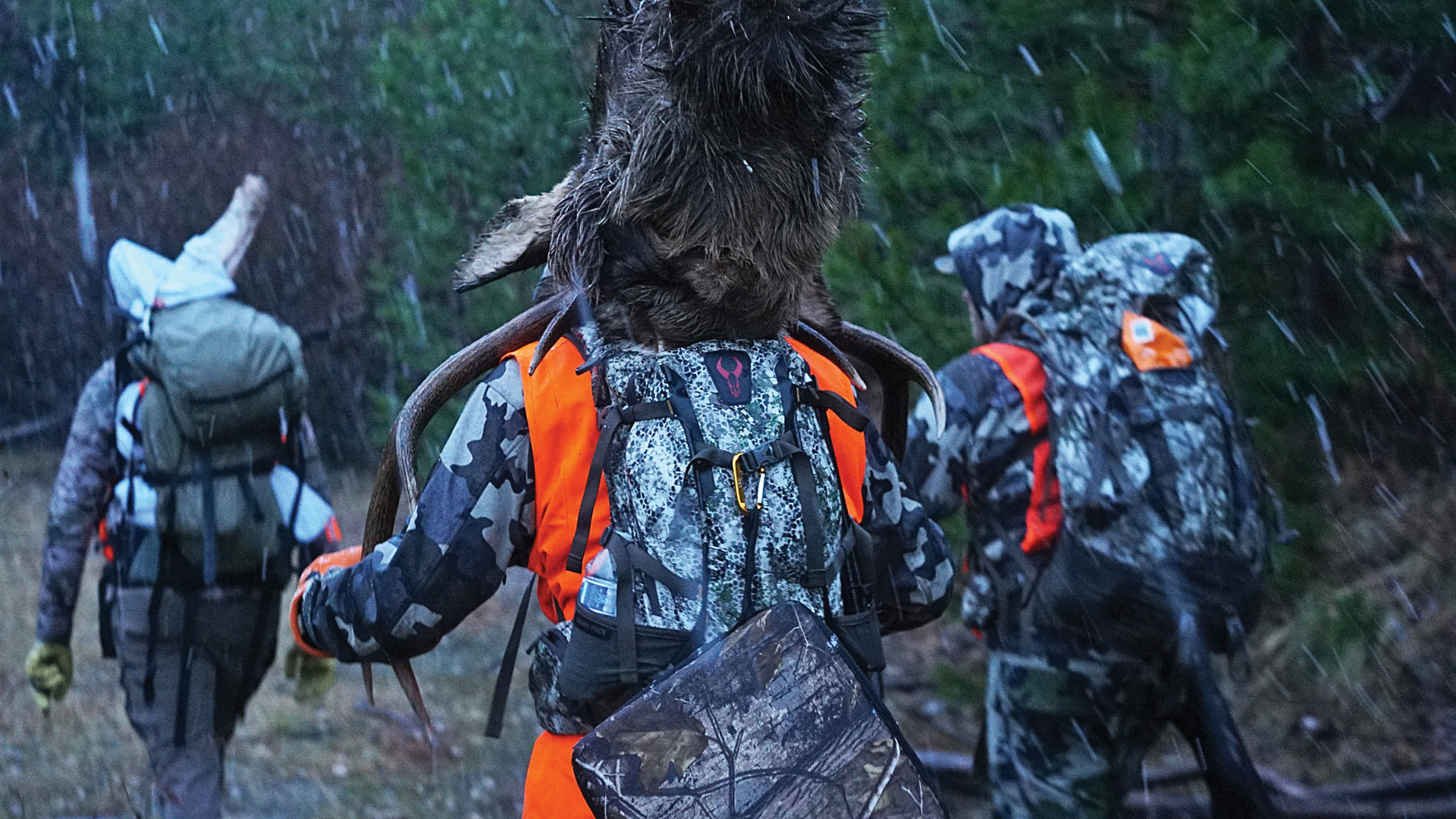
Access
Take a ride, horse, or bike:
Road hunting behind locked gates can be extremely successful, however there can be a ton of miles between good spots. I have walked over five miles on one road just to get to a specific canyon that I know holds elk. That is a 10 mile round trip for a very small productive area.
A few years back after getting tired of walking all that way just for a look into an area not worth hunting multiple days, I broke out the mountain bike and cut my energy and time in half. The nice thing about gated roads is they lend themselves well to nonmotorized travel.
Both bikes and horses can be a huge asset on long roads. While they are easier to walk than trails, they are also easy to ride. This can get you in faster to check spots while moving faster through the less productive country.
While you may be thinking – why not always take a bike? There are a few drawbacks. I tend to be more alert and hunt better on foot. I often will bump into elk while walking the timbered pockets and stretches in-between glassing points. I have almost hit a bull in the road on a bike in what I consider “less productive country”. It is important to keep a look out at all times, but riding makes it more difficult to look around and investigate something with your binos.
Also, I have had a few times when I rode in and then it dumped snow making the uphill bike ride back out challenging to say the least. I tend to choose riding horses over bikes later in the season but it is also another element to deal with.
Cut corners:
When walking long gated roads look for potential cuts where you can drop from one switchback to another and get into an area further away in less amount of time. One of the areas I use to hunt a lot was 6.5 miles on the road to the pocket where most of the elk were. By looking at my map and strategically cutting the road, I could get there in three miles shaving off a lot of leg work and distance.
It seems like a no-brainer but after you have previewed a good road or you have areas where you would prefer to spend your time looking, cutting off some of the long switchbacks can be a great call. Now there are times you won’t want to cut down on road time, but if you are purely looking for access use your map and topo feature to see the best places to take those strategic shortcuts.
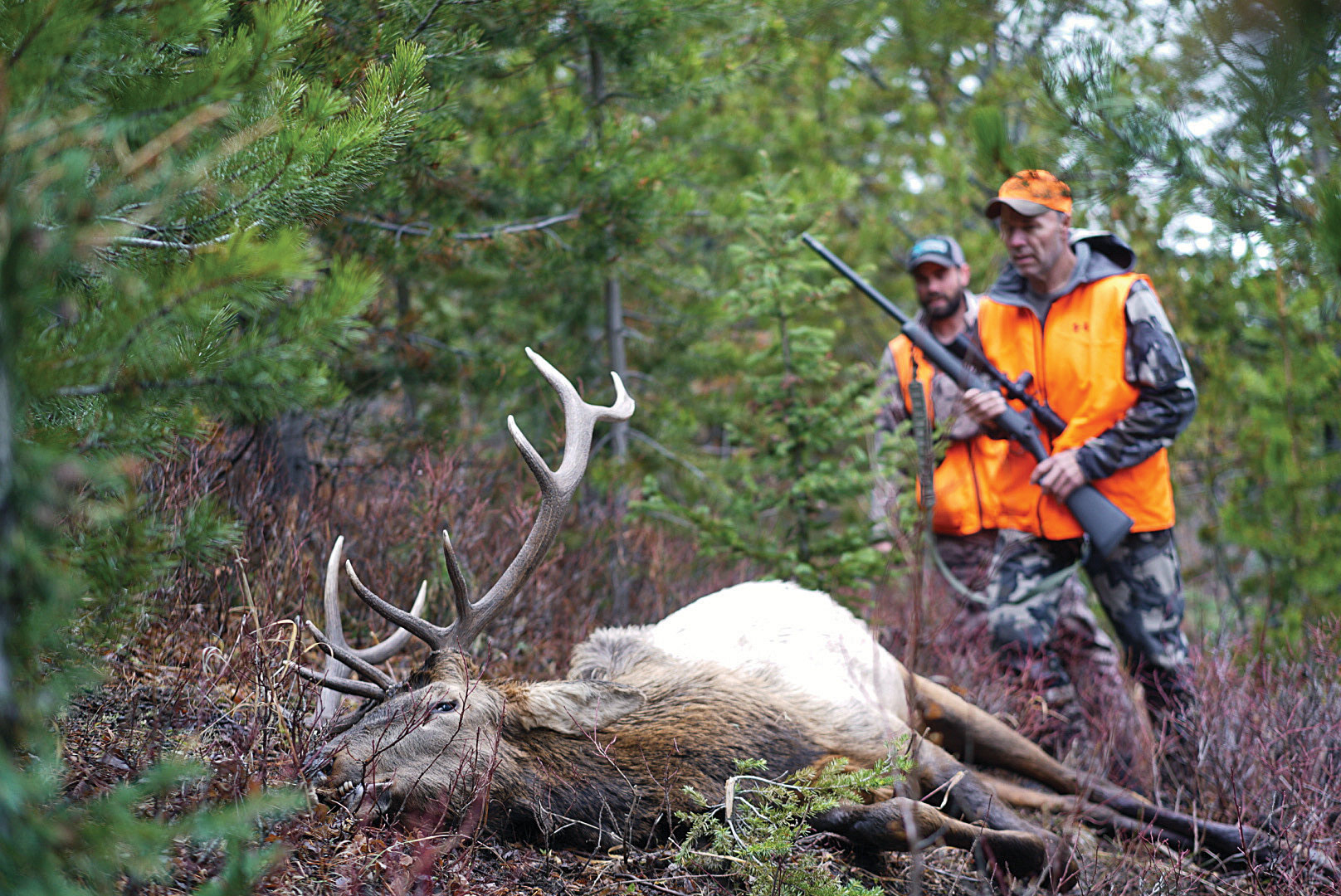
Still hunting – On the road
While gated roads provide great access to prime spots, still hunting them on foot is a great way to find success. There is more to it than just walking. There is a formula for walking quiet, being observant, and staying hidden at the right times. Most still hunting puts you in close proximity to game before they are visible. Hunting it correctly makes all the difference.
Heads up:
You have most likely been walking since you were two years old so why are you looking at the ground? I don’t know how many times while guiding I have had someone walk in front of me with their head down paying zero attention to anything but what is right at their feet. If you are to change one bad habit that would make you a better hunter this is hands down the most important one. WALK WITH YOUR HEAD UP! Use your peripheral vision to watch your step as you constantly scan your surroundings. The game is to spot before being spotted. This happens by active looking not just passively strolling down the road.
Walk Quiet:
The crunch beneath your foot on a gravel road can sound loud and very rhythmic like a bipedal predator. The noise of a foot scuffing on a decomposed granite road will have highly pressured animals slipping away before you ever get close enough to see them.
Walk on the softer sounding parts of the track either the grass strip in the center or on the sides of the road. As you walk pay attention to the noise you make and where in the track sounds softer. Also, walk more on the pads of your toes than on your heels. Practice placing your step and rolling your foot down as part of your normal gait. Softer footfalls make a huge difference. One thing I have noticed while out road hunting with people is how little they pay attention to how they walk. Many people in their day to day life walk like a bull in a china closet, completely unaware. This is because modern shoes got us used to heavy heel strike walking, with very little consequence.
It may take some getting used to but constantly practice walking softer by letting your foot land more toward the pad or outside of your boot then rolling the pressure down flat. Also, consider quieter or lighter boots if you plan on still hunting a lot of logging roads.
Hide your Form:
Roads, while easy to travel, do not often offer the best cover for still hunting. That is why where you walk is extremely important. The goal is to move quiet and unseen on something that is fairly open. The secret is to allow the pitch and angle of the hill above and below to hide your form.
As new country is revealed, say… around a corner, take the inside or uphill side of the road. Go slow, and peak around and down. Don’t just pop out. Scroll the new country and look closely. When traveling the road, I often hug the hillside then pop out slowly to look below. This allows most of my body to remain hidden from animals below. It also put me closer to the hill making it harder for animals above to spot me as well.
If you do see something the ideal situation is to stop and lower down toward the ground so the pitch of the hill puts you out of sight. This is key to getting set up and staying unnoticed. If you travel near the outside edge of the road more of your body is exposed to animals both above and below.
Always hunt the wind! Walking while road hunting often leaves you in tight quarters through many of the timbered sections. I plan my “road hunting” each day to take advantage of the wind. It is the most basic thing but needs to be mentioned. A good road is one where the wind is in your face.
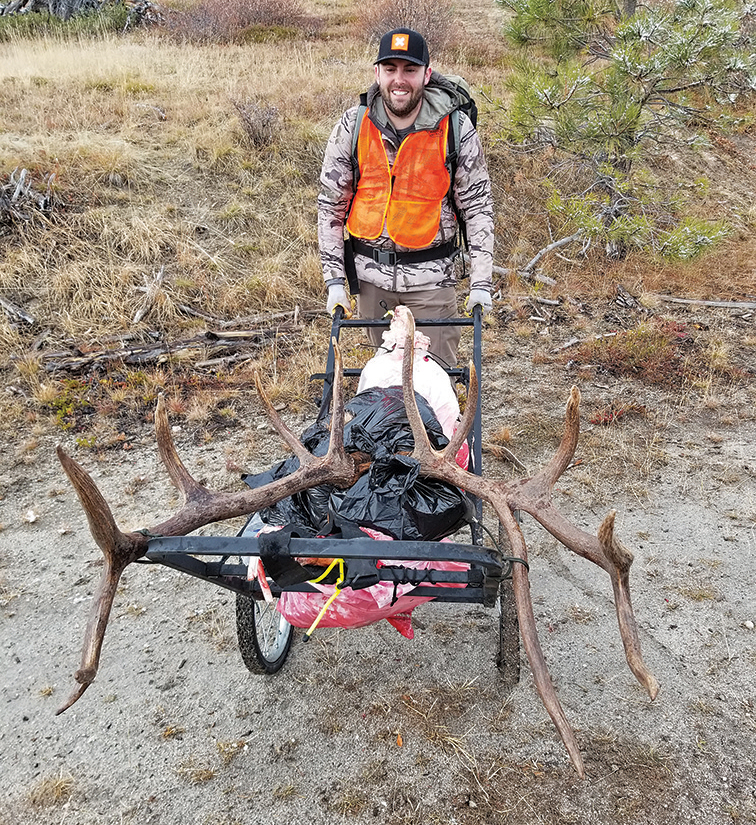
Cart out
The best part about gated road hunting is the potential for a non-motorized wheeled pack out. Although most game carts are meant for whitetail deer or antelope hunters, they can also work well for transporting elk. I have found most game carts are designed to take out whole animals, so some modifications may need to be made to haul out a quartered elk. For most carts, the bars are too far apart and the quarters will fall through. This can be remedied by cutting a piece of plywood or attaching a metal mesh to the frame. You will also want to have plenty of tie-downs available. Just like putting meat into a pack, the more secure the load is to the cart, the easier the pack out will go.
In some instances, a mountain bike can be an awesome option for getting the meat off the mountain. The bike allows you to travel gated roads faster than hiking, and carry weight with relative ease. Although any mountain bike will do, you will want to make sure it has good shocks and is built for rugged off-road travel. Some options include a tow cart that attaches to the back of the bike to carry extra meat in a single trip. These accessories make it a world easier to take more weight safely with a better ride.
A few years back while guiding we got two elk down about five miles from the truck. As luck would have it there was an old logging road nearby. We took a bike with a trailer and a horse and mule. The bike was twice as fast getting there and back with the same amount of load. Although more strenuous, in this situation it was the superior method.
The flip side to using carts or bikes is I have had multiple failures with heavy loads of elk on the tires as well as the carts themselves. This can suck especially when a long way away. If the meat is not on tight, one little bump can easily break stuff. Keep this in mind and look for the most durable cart you can find! I have had to modify nearly every single one I have purchased.
While the term “road hunting” may have some negative connotations, gated logging roads can be some of the most productive places to hunt, especially on national forest land in the mountain west. There are often many more non-motorized gated roads than trails in a lot of areas. Some of these roads get you into incredible and remote country.
Aside from access, road hunting behind locked gates can be extremely effective as animals will often travel on or near them. They like the clear cuts and thinning that is most often associated with the purpose of the road. This fall pick a road that cuts you through some great habitat and take advantage of the access they provide for success.


